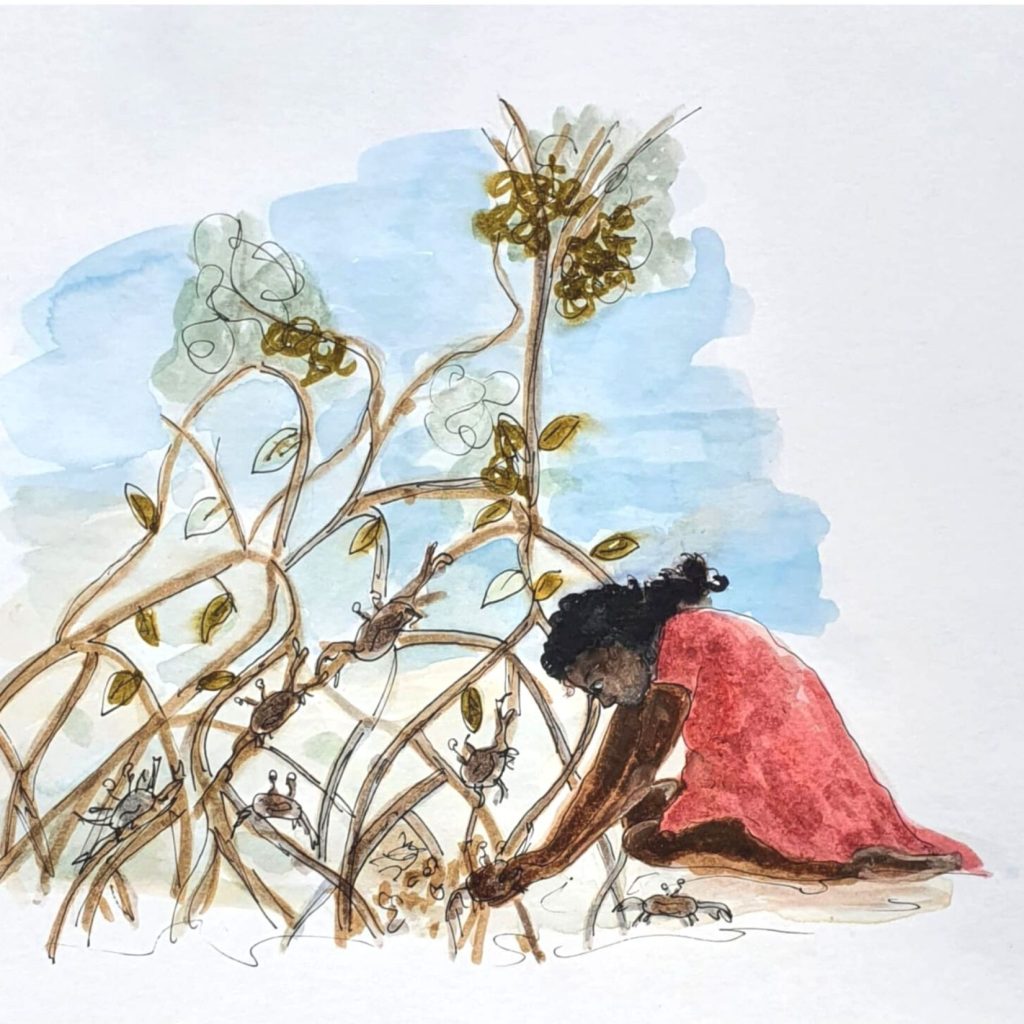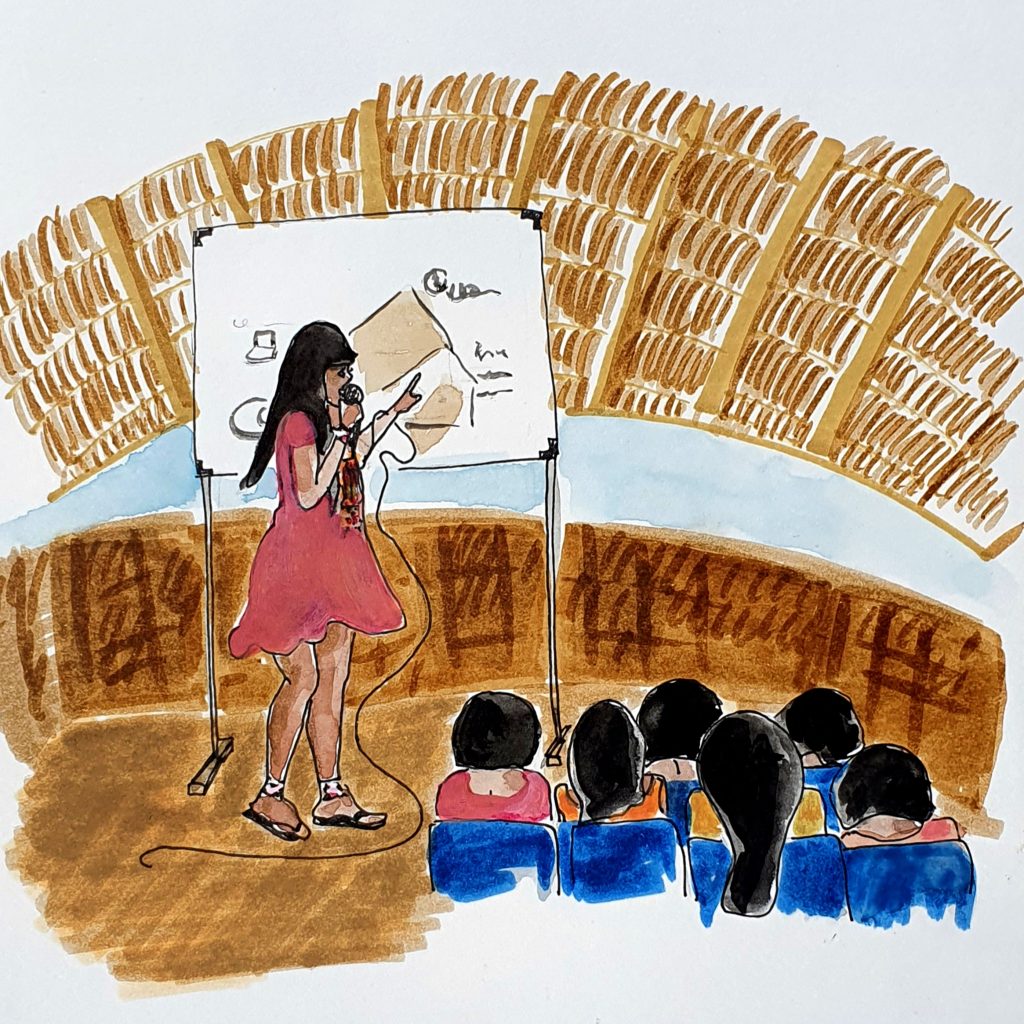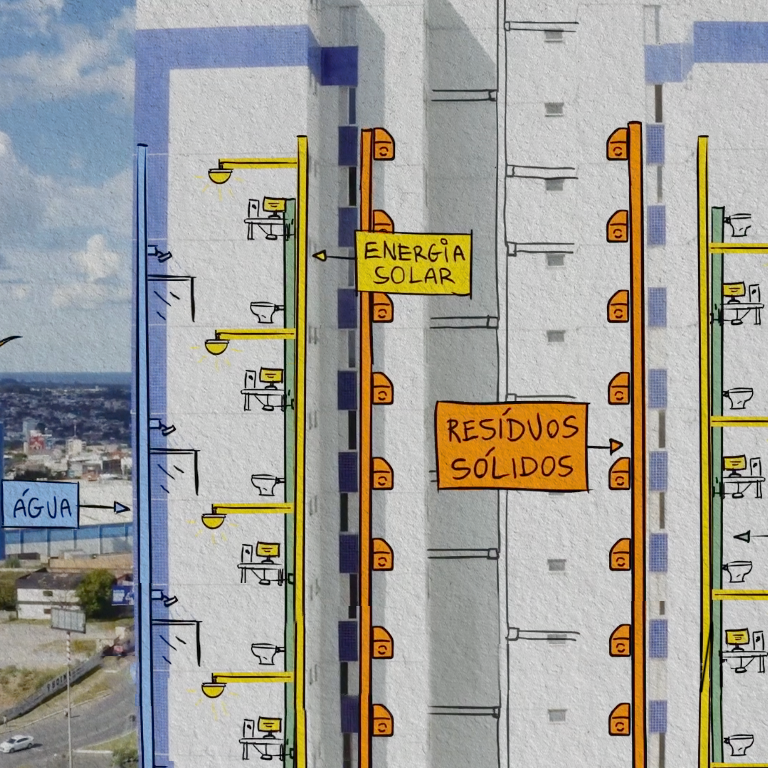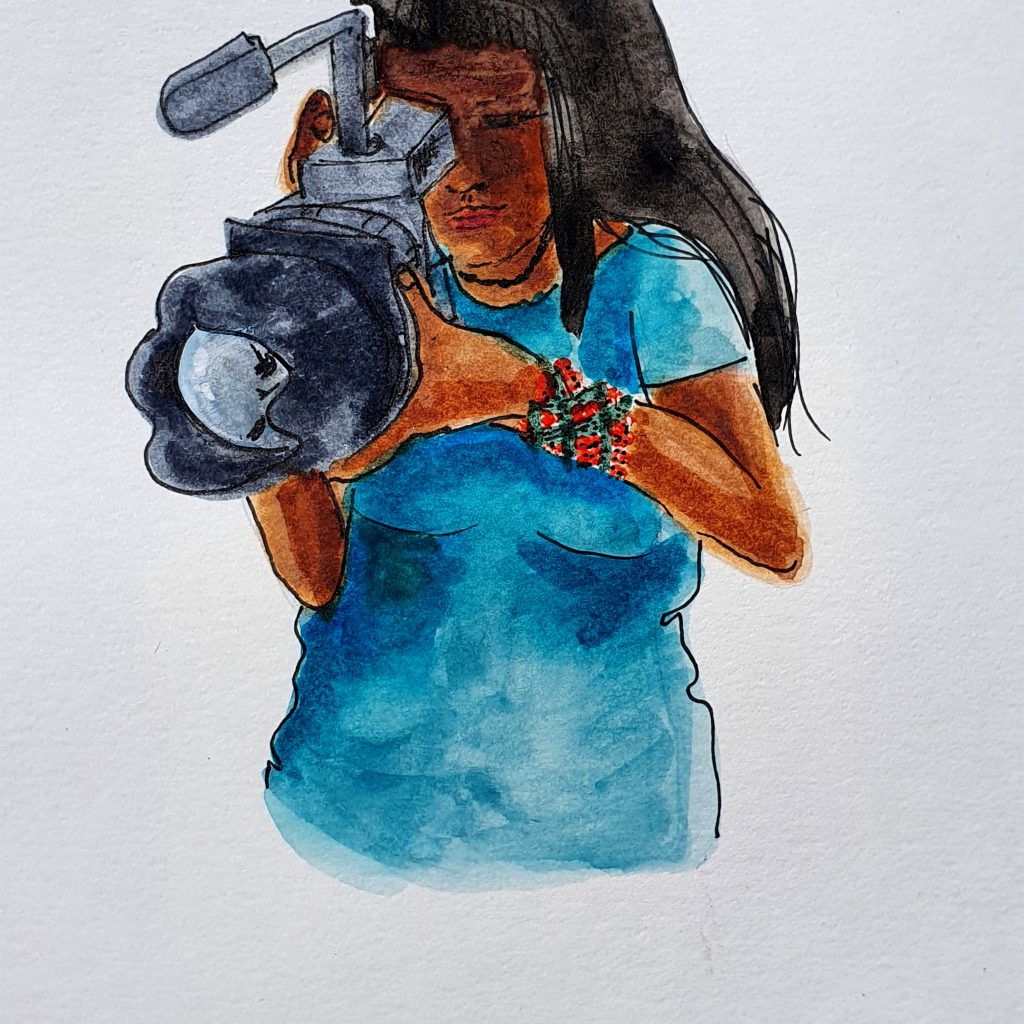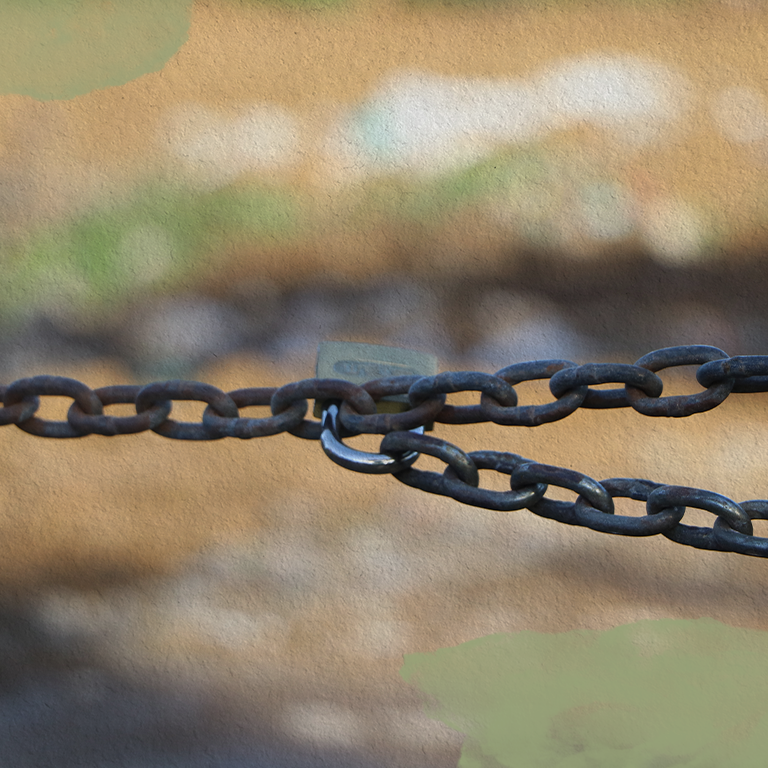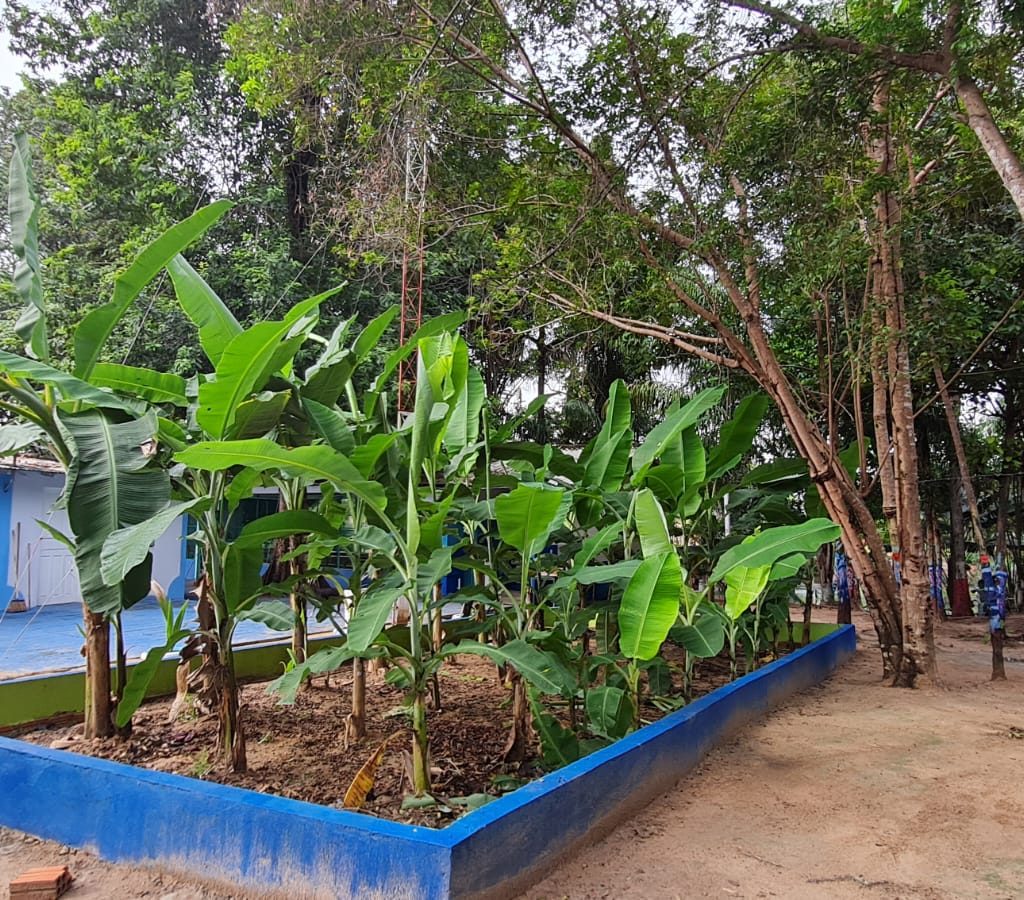By Renata Peña (GIZ Brasil)
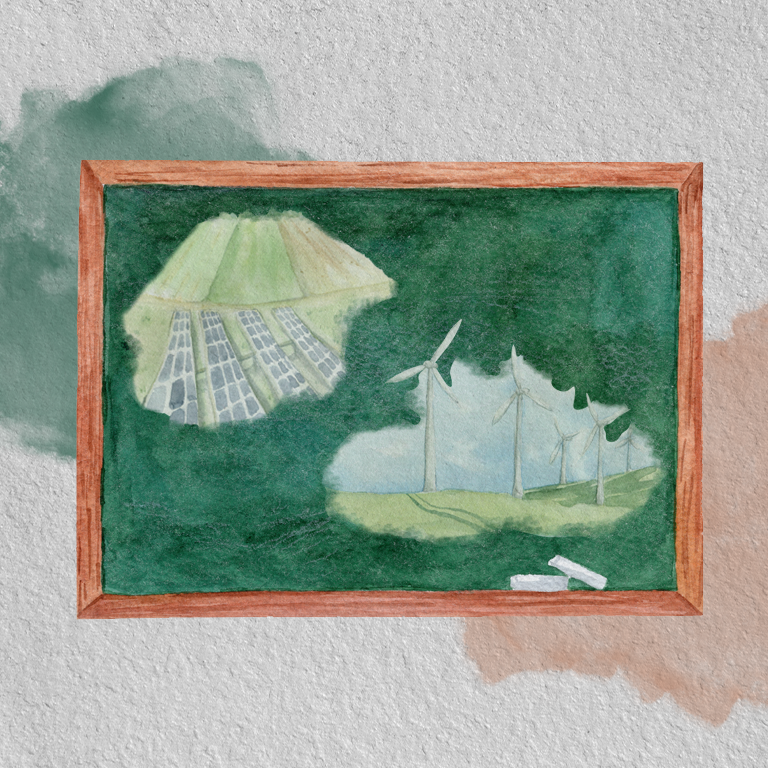
For over 25 years, Chemical Engineer Christian Gonçalves Alonso, PhD, dedicates his career to the development and scientific research focused on sustainability and innovation. His dream has always been the development and implementation of a project capable of bringing benefits to the community, while respecting nature.
By the end of the 90’s, through his master’s degree, he started to work with hydrogen: the most abundant chemical element in the universe, and the most used on human productive activities. Up to this point, what he couldn’t predict was the central role that hydrogen, in its “green version” would have in confronting the climate change on a nearby future. Thus, the work of scientists and researchers such as Christian was paved this way.
Time went by, and the Federal University of Goiás (UFG), in Goiania, Brazil, where Christian resides, was modernized with a photovoltaic plant to provide the Campus with green electricity. Then, in 2013, Christian developed an innovative project to produce hydrogen through pharmaceutical and agro-industrial wastewater: “I knew that the project was interesting, because I could already see the possibility of producing Green Hydrogen – a huge source of energy with zero carbon emission – through waste. But I had no equipment to analyze the produced results, there where non at the region.” tells the Professor, who even shipped his research results to Paraná, so they could be analyzed.
The results of the Professor’s researches were stunning: it showed that the wastewaters where capable of generating a high amount of Green Hydrogen – the key energy source to a carbon zero economy.
Connections Brazil-Germany
In 2019, during a technical visit in Germany, Christian had the opportunity to present his project to GIZ representatives. “By seen the professor’s project, we realized that there was a huge potential for a pilot project on the production and implementations of Green Hydrogen capable of generating a scalable and interesting product to the industry. And at the same time, that initiative brought the development of research and innovation to the center of Brazil, on a region that still didn’t have much impulse.”, said Marcos Oliveira, one of the Coordinators of H2Brasil, a project focused on the Green Hydrogen market expansion in Brazil.
Inauguration of #GOH2
Christian’s approach with GIZ consolidated and, in 2022, H2Brasil, partnered with UFG, inaugurated GOH2: the Laboratory of Research on Renewable Processes and Catalysis. The lab will produce “Syncrude”, a synthetic oil more renewable than the one found beneath the soil, once it uses renewable raw materials for its production. This research’s differential is that the synthetic oil will be created from the Green Hydrogen produced from agro-industrials residues – on a region that stands out by the presence of agribusiness and related industries. With UFG’s researches, the waste these industries produce would have a better treatment, resulting in less environmental impacts.
“This project makes possible that the center of Brazil speaks of Green Hydrogen. To get an idea of its importance, we are the only ones to work with H2V (Green Hydrogen) in all of Goiás”, says the Professor. “Thanks to the equipment donated by the German-Brazilian Cooperation for Sustainable Development, we will train young scientists here in Goiania. We will also deliver to the labor market a prepared and qualified youth, to act together with a new technology. The idea is that GOH2 could receive graduation, masters and doctorate students and keep these talents in UFG. Today, through our project, we encourage discussions over Green Hydrogen through the whole university. Without this infrastructure, provided by GIZ Brazil, none of this would have been possible”, completes.
With his dream turned into reality, Christian now works to make sure the dreams of others become reality: “My role now is to stimulate the dreams of the youth and help to make sure that their dreams also come true”.
Get to know the H2Brasil project, and check out how the GOH2 Lab inauguration went.
Project: H2Brasil – Green Hydrogen Expansion
Partner: Ministry of Mines and Energy (MME)
Commissioned by: Federal Ministry of Economic Cooperation and Development (BMZ in German)
